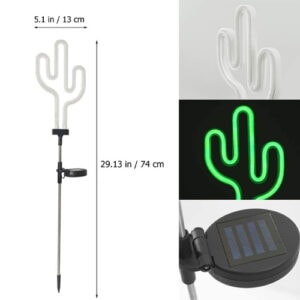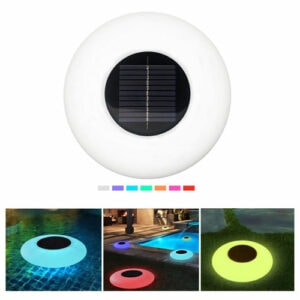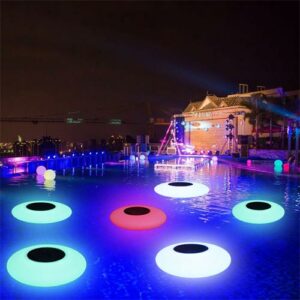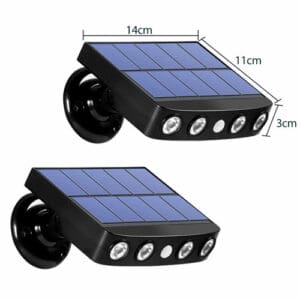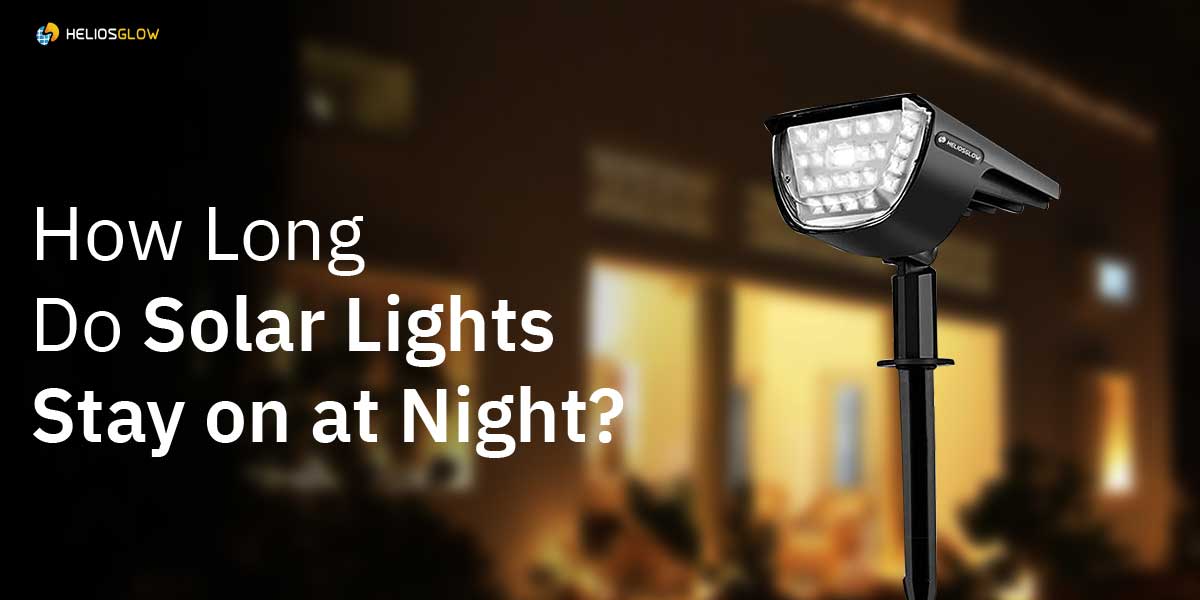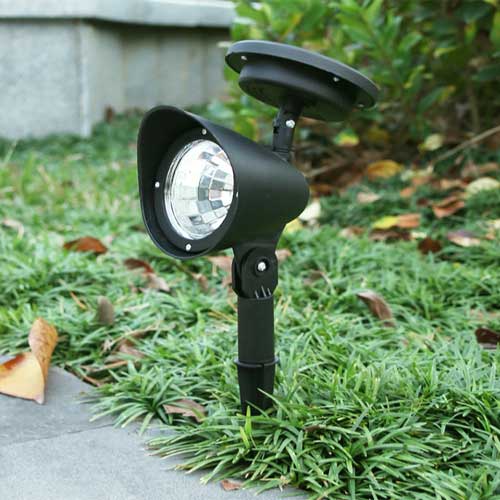Solar lights are becoming increasingly popular for outdoor lighting as they provide a convenient, cost-effective, and eco-friendly option for lighting your home, garden, or business.
Solar lights are powered by the sun’s energy and convert it into electricity, allowing them to stay lit at night. However, how long a solar light will stay lit at night varies depending on several factors.
This article will discuss the factors that affect the duration of solar lights and explain how you can ensure your solar lights stay lit for as long as possible.
How Long Do Solar Lights Last At Night?
Solar lights are an energy-efficient and affordable alternative to traditional electricity-powered lights. While solar lights are generally known to be reliable, they do not last all night.
Most Outdoor solar lights such as pathway lights and spot lights can last up to 8 hours when fully charged, but this depends on various factors, including the type and size of the solar panel, the type of battery used, and the amount of sunlight the solar panel receives during the day.
Additionally, some solar lights may not last as long in cold temperatures, so be sure to check the manufacturer’s instructions before purchasing. With proper maintenance and care, solar lights can last for many years and provide an affordable and sustainable lighting solution.
Why Getting The Right Solar Light Is Important?
Getting the right solar light is important because it will ensure that you get the most out of your solar lighting setup. The wrong solar light can lead to poor performance and damage the solar light itself.
Additionally, having the right solar light can help save you money in the long run by providing more efficient and reliable lighting performance. Finally, the right solar light can help to extend the life of the solar light, saving you money in replacement costs.
How To Make Solar Lights Stay On Longer?
- Choose solar lights that are designed with larger solar panels. This will allow the lights to store more energy from the sun, allowing them to stay on longer.
- Place the solar lights in an area that gets direct sunlight throughout the day. This will allow the lights to charge more efficiently and stay on longer.
- Clean the solar panels of solar lights regularly to ensure that they are free of dirt and debris, which can reduce their efficiency.
- Make sure the battery is a high-quality, rechargeable battery and is compatible with solar lights.
- Look for solar lights with built-in motion sensors, timers, or other features that allow you to customize the amount of time the lights stay on.
1. Replacing The Old Batteries
- Ensure the solar panel system is turned off.
- Disconnect the old batteries from the solar panel system.
- Remove the old batteries from the system.
- Install the new batteries into the system.
- Securely connect the new batteries to the solar panel system.
- Turn on the solar panel system.
- Monitor the new batteries’ performance and charge levels to ensure they are functioning correctly.
2. Cleaning Solar Panels Regularly
- In order to keep your solar panels functioning at their best, it is important to keep them clean. Dust, dirt, and other debris can collect on the panels and block the sun’s rays, reducing their efficiency.
- Regular cleaning of the panels helps to ensure that they are able to absorb as much sunlight as possible.
- Cleaning solar panels can be done using a garden hose and a soft brush or a squeegee and mild soap. Make sure to rinse the panels thoroughly after cleaning.
3. Install Solar Panel In Open Place
- Assemble the solar panel frame in the chosen area. Make sure the frame is properly secured and leveled.
- Mount the solar panels onto the frame.
- Connect the solar panel to a battery bank or other power storage system.
- Connect the solar panel to an inverter.
- Connect the inverter to the power source.
- Install surge protection devices to protect the electrical system from power surges.
- Set up a monitoring system to track the energy production of the solar panel.
- Make sure all the wiring is properly secured and insulated.
- Test the solar panel system to make sure it is working properly.
- Install a shade structure over the solar panel system to reduce the amount of direct sunlight and optimize energy production.
4. Turn Off The Lights When Required
- Turning off the lights when not in use is one of the most effective ways to make solar lights last longer. This is because solar lights rely on the energy they absorb from the sun during the day in order to operate at night.
- By turning off the lights when not in use, you are effectively conserving the energy the lights have absorbed and allowing them to operate for longer periods at night.
- Additionally, you should ensure the solar lights are placed in a location that receives direct sunlight so that they can absorb as much energy as possible during the day.
Why Your Solar Light Doesn’t Last Long?
Solar lights often don’t last as long as they are meant to because they are exposed to the elements and can be damaged by rain, hail, dust, and other debris.
If the light is not angled correctly, it can also not absorb enough sunlight to charge the battery. Thus, solar lights doesn’t work properly, this happens in case of brand new solar lights. Additionally, the battery itself can be faulty or of low quality, leading to a shorter lifespan.
Conclusion
Choosing the right solar lights for your needs and keeping them in a sunny location to maximize their efficiency is important.
Solar lights can be a great way to light up your outdoor space, but it is important to understand how they work and how long they will stay on. With the right solar lights and a bit of maintenance, you can enjoy the benefits of solar lights for many years to come.

